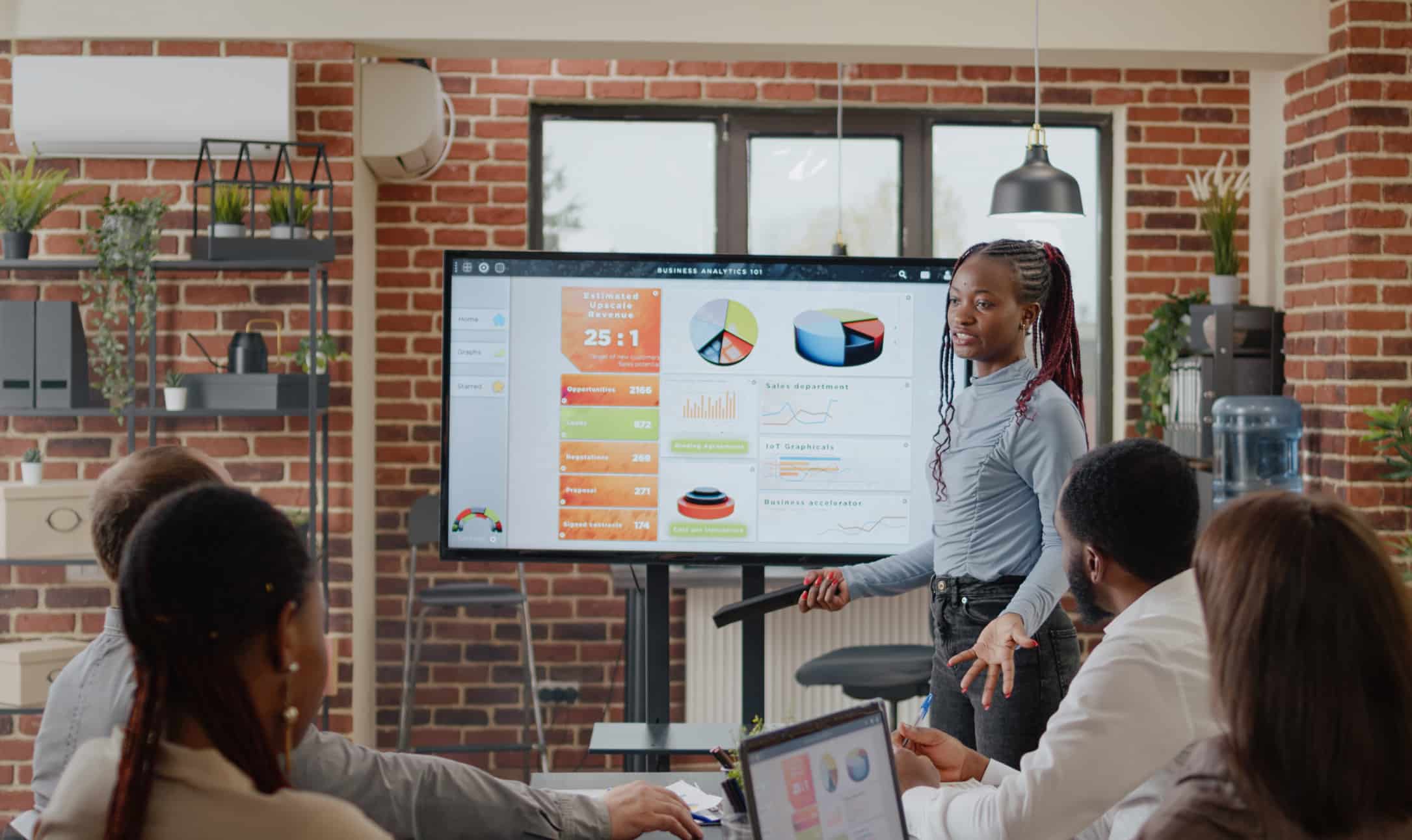One of the most effective steps in creating a healthy work culture and improving employee engagement is to recognize good work and create a reward system to go with it. There are several advantages to recognition and reward strategies for companies. It improves employee engagement, motivates professional growth, and introduces a fun, friendly competition that increases work efficiency.
HR departments use a variety of employee recognition strategies to identify, highlight, and reward employees who not only pull their weight but go beyond their essential responsibilities and achieve great things at work. The following five strategies will help you understand how to recognize exceptional employees, reward them, and motivate them and their colleagues to achieve greater success at work.








